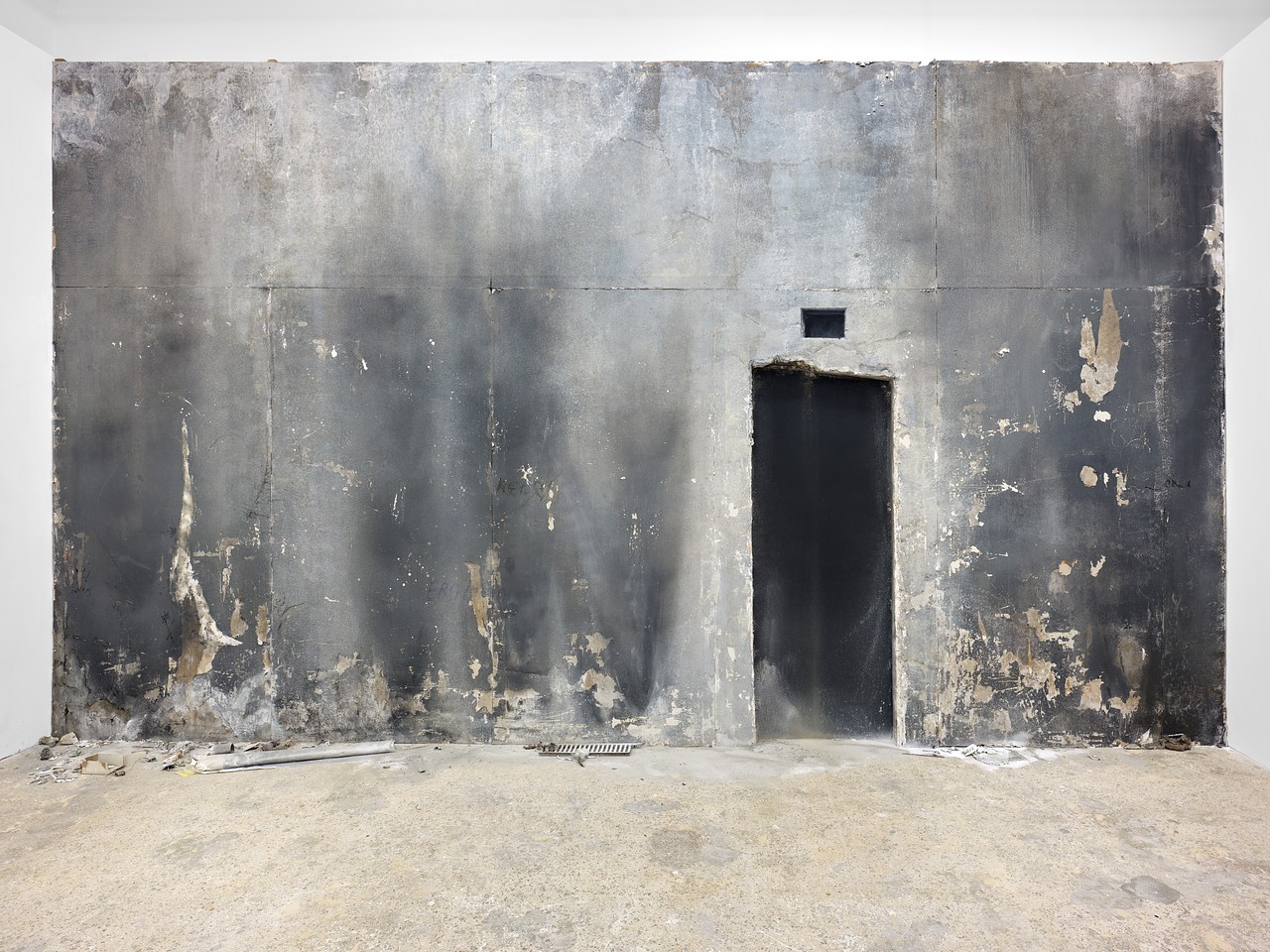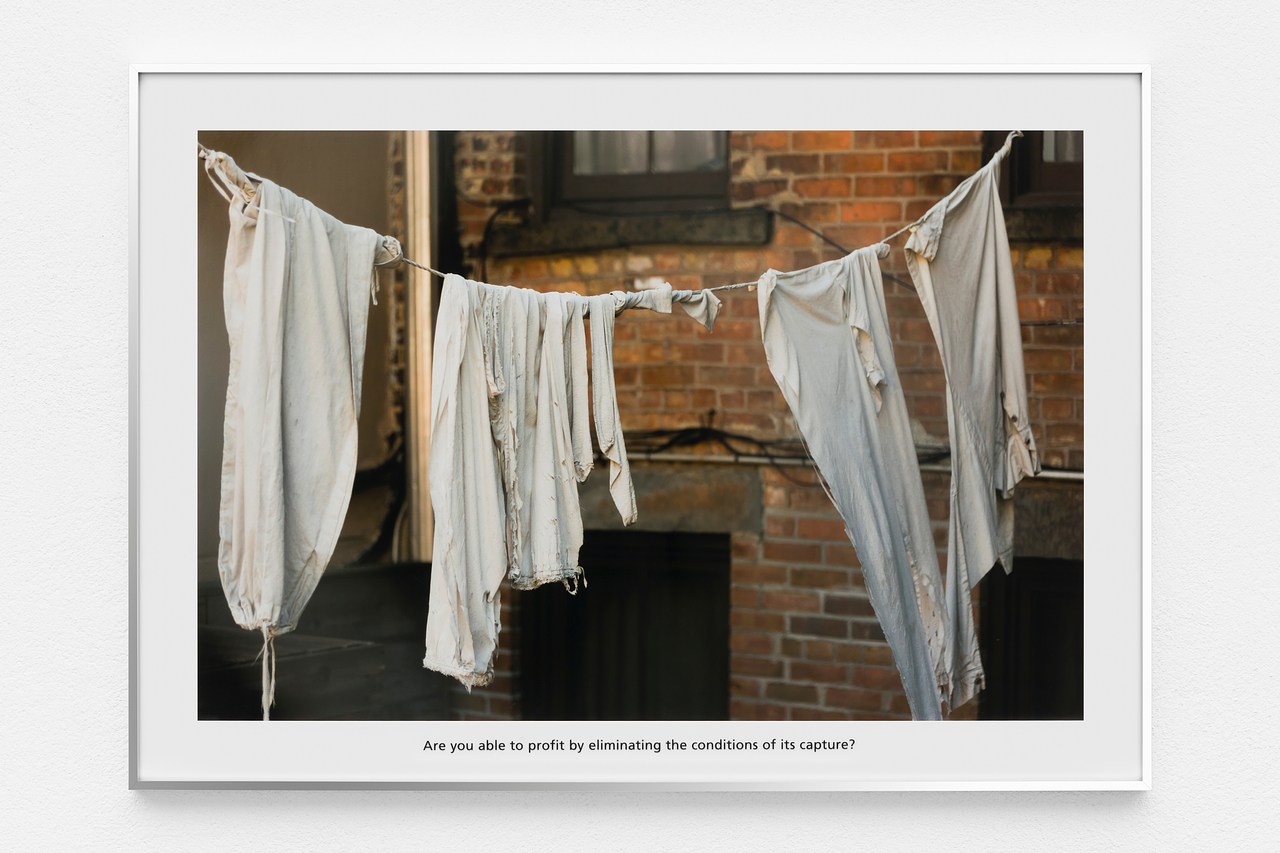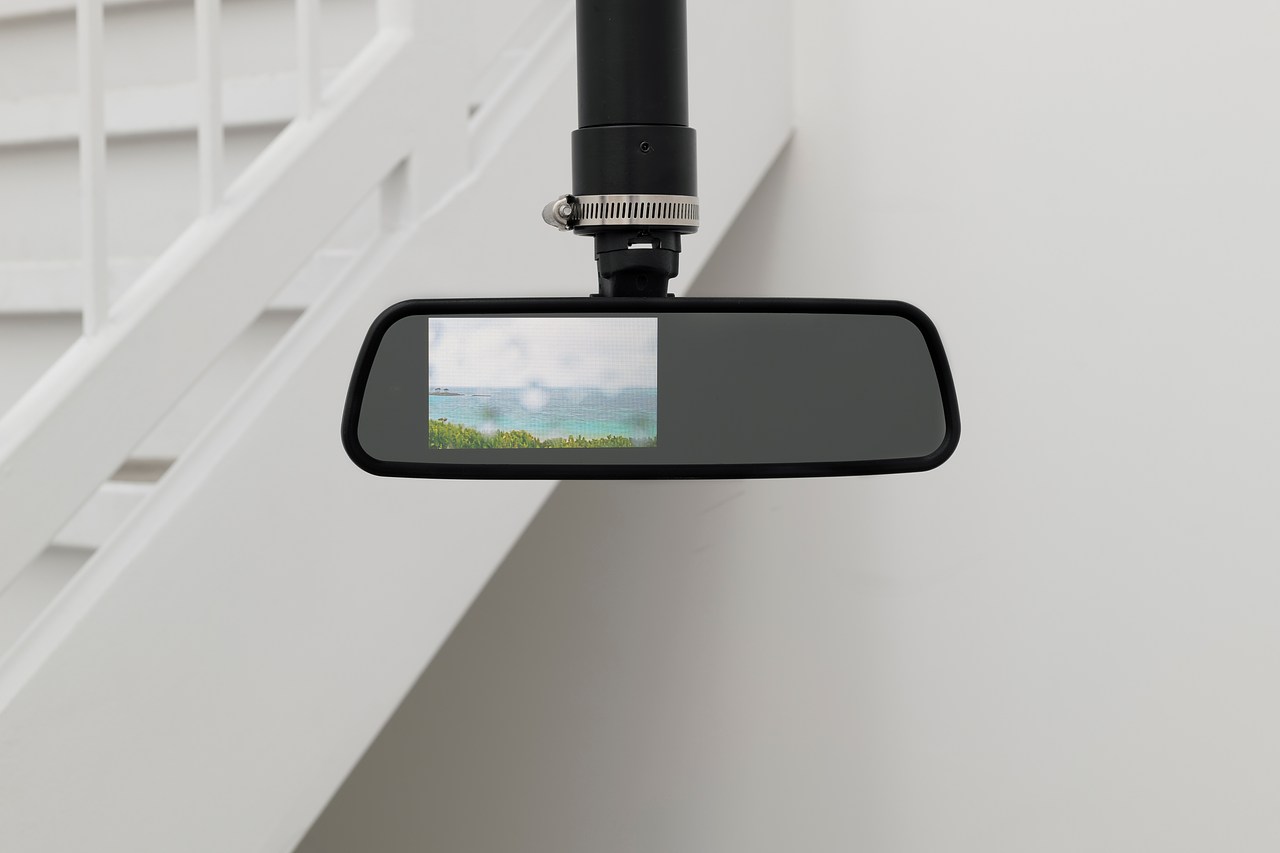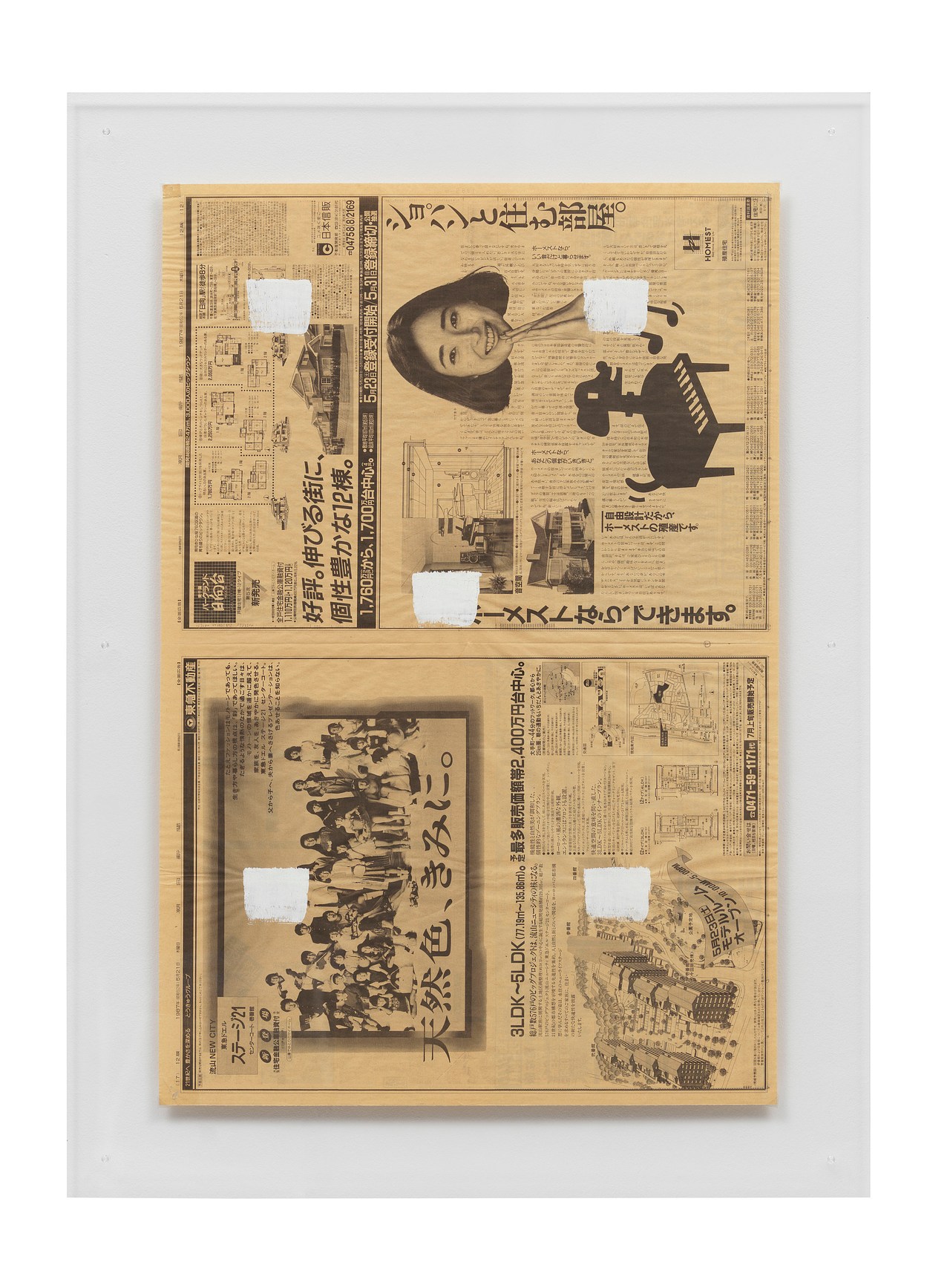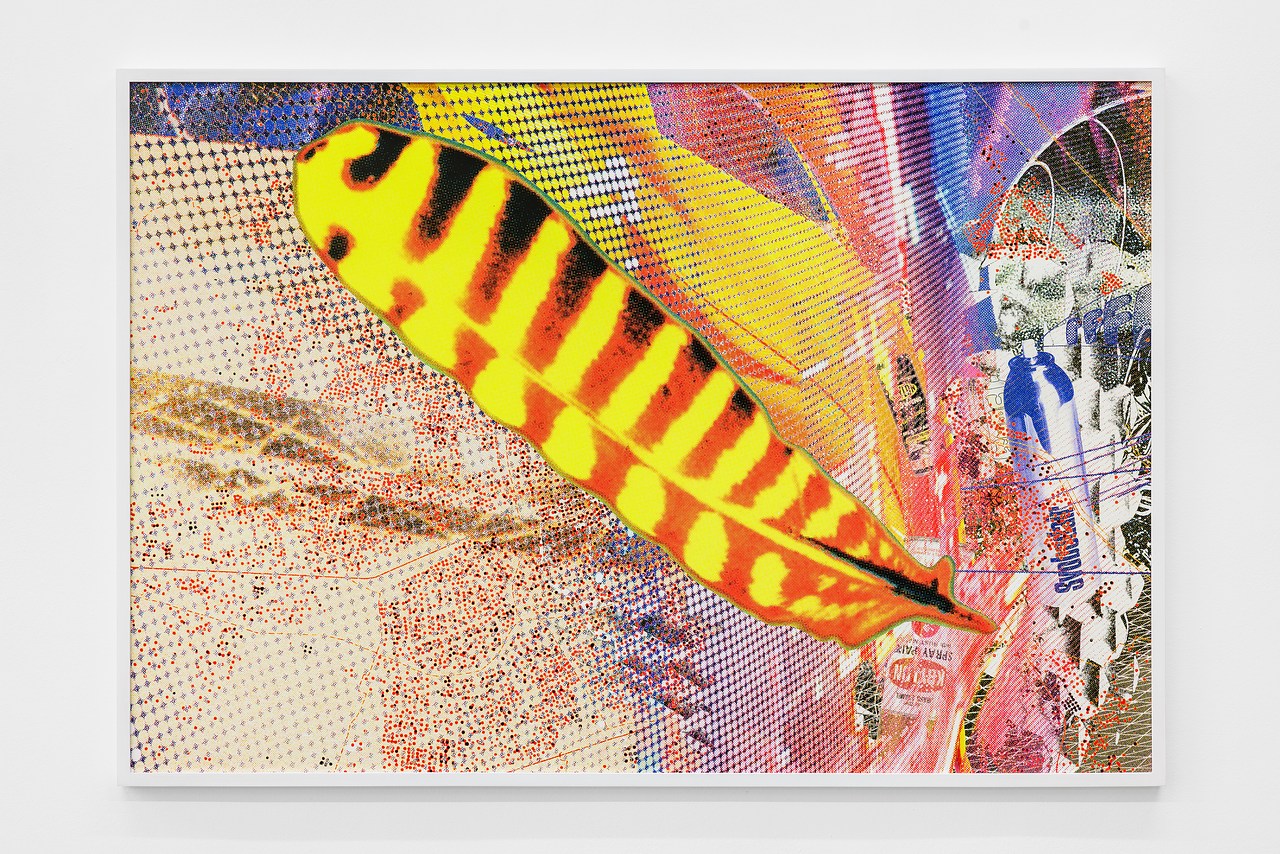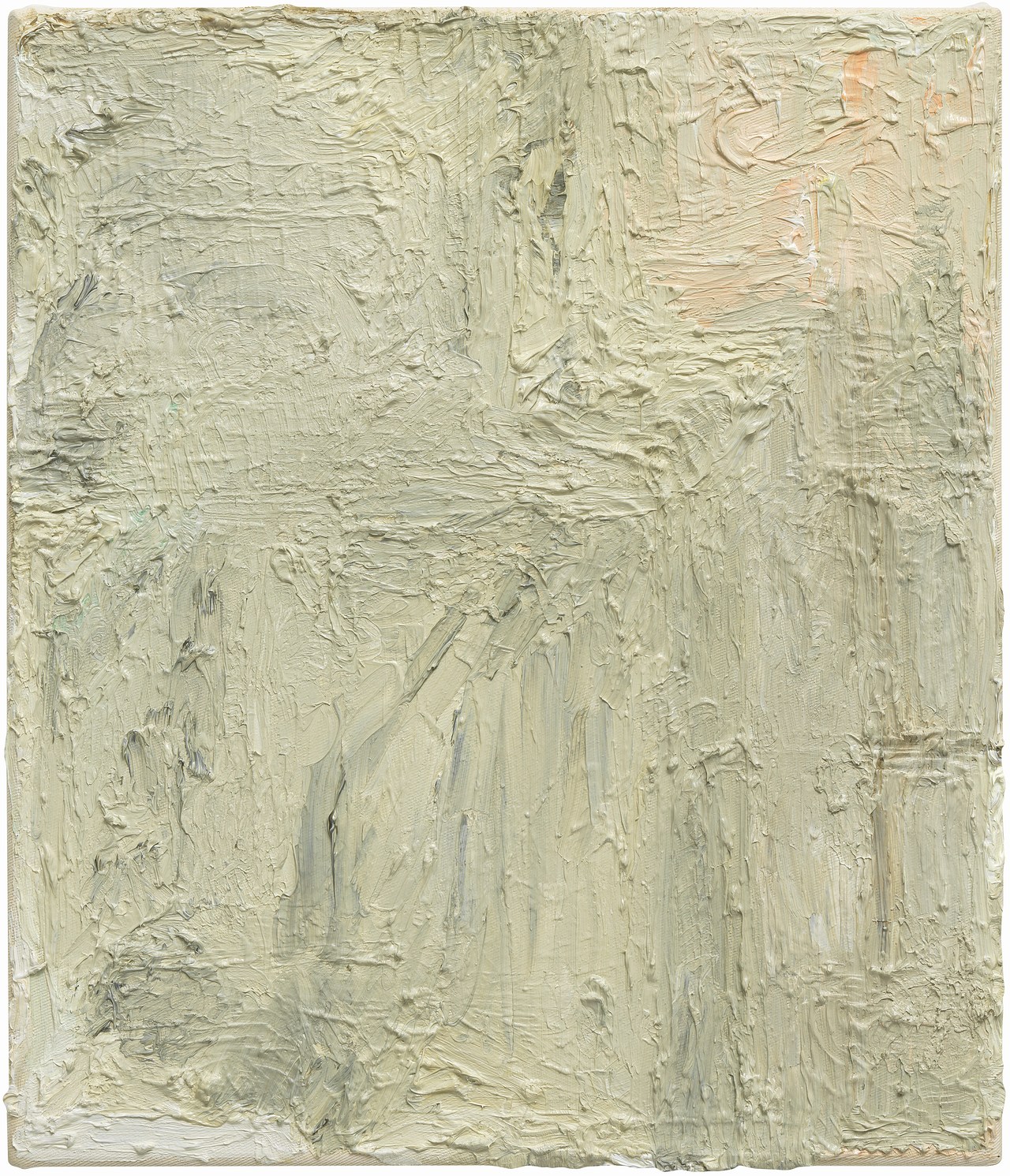Vito Schnabel, a New York art dealer and the son of painter Julian Schnabel, is among the stars of the latest episode of Feud: Capote vs. the Swans, the FX TV series that chronicles Truman Capote’s volatile friendships with several female members of his era’s Manhattan elite.
It starts with a blow job. Schnabel, playing a repairperson named Rick, comes to Capote’s place to fix a garbage disposal. A dejected Capote, feeling as though he has aged out of relevancy in New York, strikes up a conversation, finding himself fascinated by this younger, less wealthy man from Illinois who rides a Harley-Davidson to work.
“I wonder if you’d be at all interested in having your cock sucked,” Capote suggests. Rick, who typically goes for women, accepts the offer, and later admits that it was the best fellatio he received. The two embark on a month-long relationship that eventually comes to an end when Rick admits he is engaged to a woman.
Schnabel has acted before, but only rarely, and never in such a mainstream role as this one. He’s better known for his self-titled gallery, which has spaces in New York and St. Moritz, Switzerland, and represents trendy artists such as Trey Abdella and Robert Nava. His gallery has also shown paintings by Gus Van Sant, the director of famed films such as Good Will Hunting and Milk. Van Sant helmed the majority of Feud: Capote vs. the Swans, including this week’s episode.
That Schnabel had been cast in Feud had been previously reported in the tabloids, which fixated on him performing alongside Warren Beatty’s daughter, Ella Beatty, who plays a young protégée of Capote in this episode.
Copyright
© Art News




